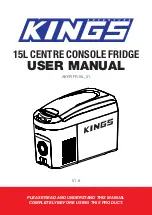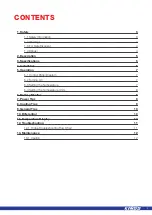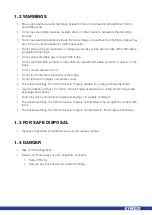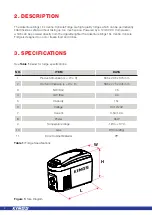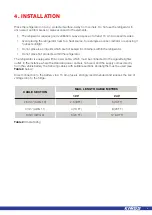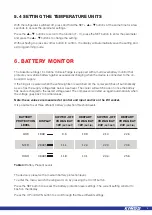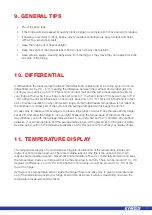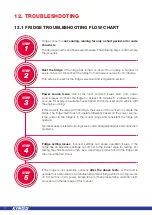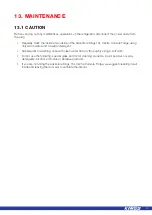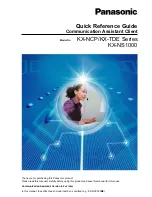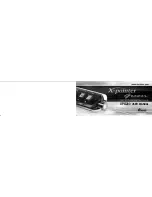
10
9. GENERAL TIPS
10. DIFFERENTIAL
11. TEMPERATURE DISPLAY
• Pre-chill before trips.
• If the fridge will be accessed frequently (drinks fridge for example) aim to have around ¾ loaded.
• If needing more items to fill up space, empty reusable containers are easy to stack and helps
with air flow around products.
• Keep the fridge out of direct sunlight.
• Keep the vents of the fridge at least 150mm clear from any obstructions.
• Keep pillows, swags, sleeping bags away from the fridge, if they move they can easily block the
air vents of the fridge.
A differential is the measurement between the hottest and coldest part of a cooling cycle. Common
differentials can be 2°C – 5ºC, meaning the difference between the warmest and coldest part of a
cooling cycle could be up to 5ºC. This is not a product fault and the same measurement exists for
your fridge at home. So if your fridge runs and cools to 1ºC, when it turns off it may warm up to 3°C
– 6ºC before the unit switches back on and cools back down to 1ºC. This is not a fault and is in fact
part of normal operation for any compressor fridge. Good fridge/freezer temperature is not reliant on
the warmest or coldest part of the cycle but the average temperature this keeps the unit at.
An easy way to measure this average is to place a large glass of water in an otherwise empty fridge,
set at 2ºC and allow the fridge to run overnight. Measuring the temperature of the water the next
day will show you both the average temperature of your unit when set to 2ºC and also any variation
between your set temperature and the average temperature, at the placement of the glass of water.
See the below point on the temperature display on why this can vary from what your display shows.
The temperature display on your Adventure fridge is an indication of the temperature inside your
fridge. It is not an exact read-out. There are multiple reasons why this is the case but two main
reasons are temperature sensor placement and temperature flow. As cold air falls and warm air rises,
the temperature inside your fridge will not be the same top to bottom. There can be around 2°C – 4ºC
degrees of difference, so if it is 2ºC at the bottom of the fridge, it could be around 4°C – 6°C at the
top of the fridge.
As there is one temperature sensor inside the fridge, there is no easy way to give an accurate read-
out of the temperature inside your fridge at all points, as above it will vary depending on where the
temperature measurement was taken.

